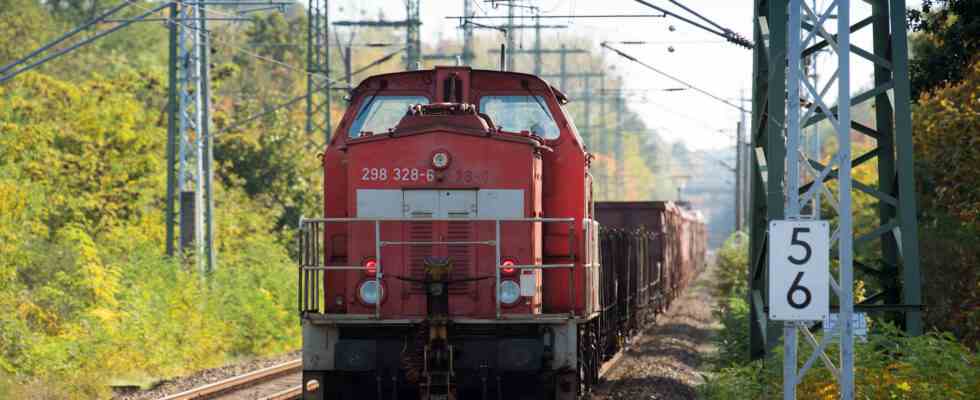Status: 11/01/2022 11:23 a.m
With the construction of so-called overhead line islands, Deutsche Bahn wants to advance the electrification of its infrastructure. In doing so, they intend to further reduce their fleet of around 3,000 diesel locomotives.
Deutsche Bahn wants to increasingly replace its diesel fleet in passenger transport with battery-powered trains. These electric trains can now travel up to 80 kilometers without overhead lines, which are expensive to build. In order to recharge the batteries on the route, the railway relies on electrified sections of the route, so-called catenary islands. Routes are not completely equipped with overhead lines, only shorter sections.
The construction of the first islands has now started in Schleswig-Holstein. Others are to follow in southern Rhineland-Palatinate and in the Rhine-Ruhr region in North Rhine-Westphalia. The battery trains come from the Swiss manufacturer Stadler. The state of Schleswig-Holstein has ordered 55 of these, and the first are expected for May next year.
By 2040, Deutsche Bahn wants all of its traffic to be climate-neutral. “So creative solutions like the overhead line islands for battery trains also help us,” said Bahn Infrastructure Board Member Berthold Huber.
Other solutions in freight transport
So far, only around 62 percent of the railway tracks in Germany have an overhead line. At just under 30 percent, Schleswig-Holstein is even far below that. With the overhead line islands, the proportion of routes on which locomotives with electric drives can drive will more than double to almost 68 percent, the railway said. This could significantly reduce the diesel fleet there, at least in passenger transport.
However, the majority of the approximately 3,000 diesel locomotives that Deutsche Bahn still has are used in freight transport at marshalling yards. The group wants to reduce their number to zero in the medium term. However, due to the lack of power, battery locomotives are not an alternative there. Instead, the railways use hybrid and so-called two-power locomotives for freight transport, which also have a diesel engine, but can also use them if overhead lines are available.

